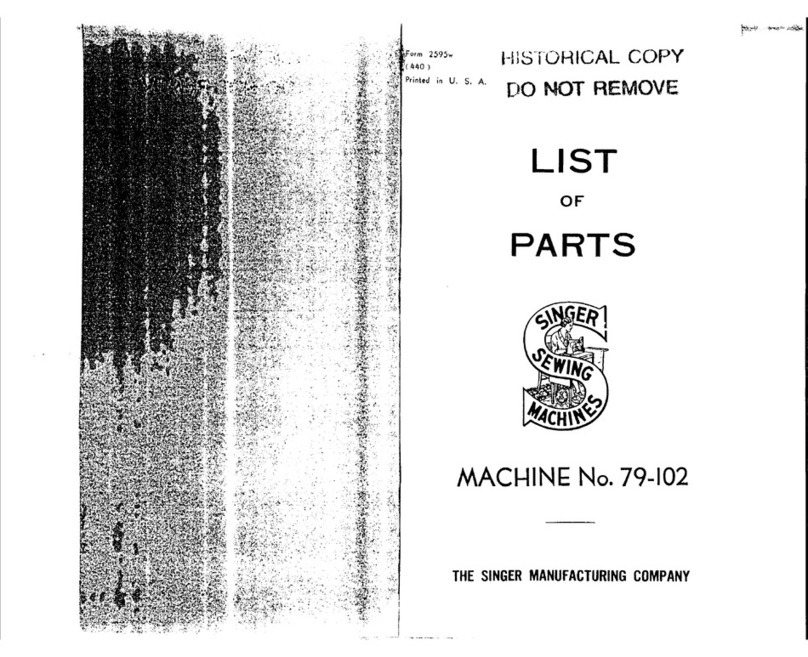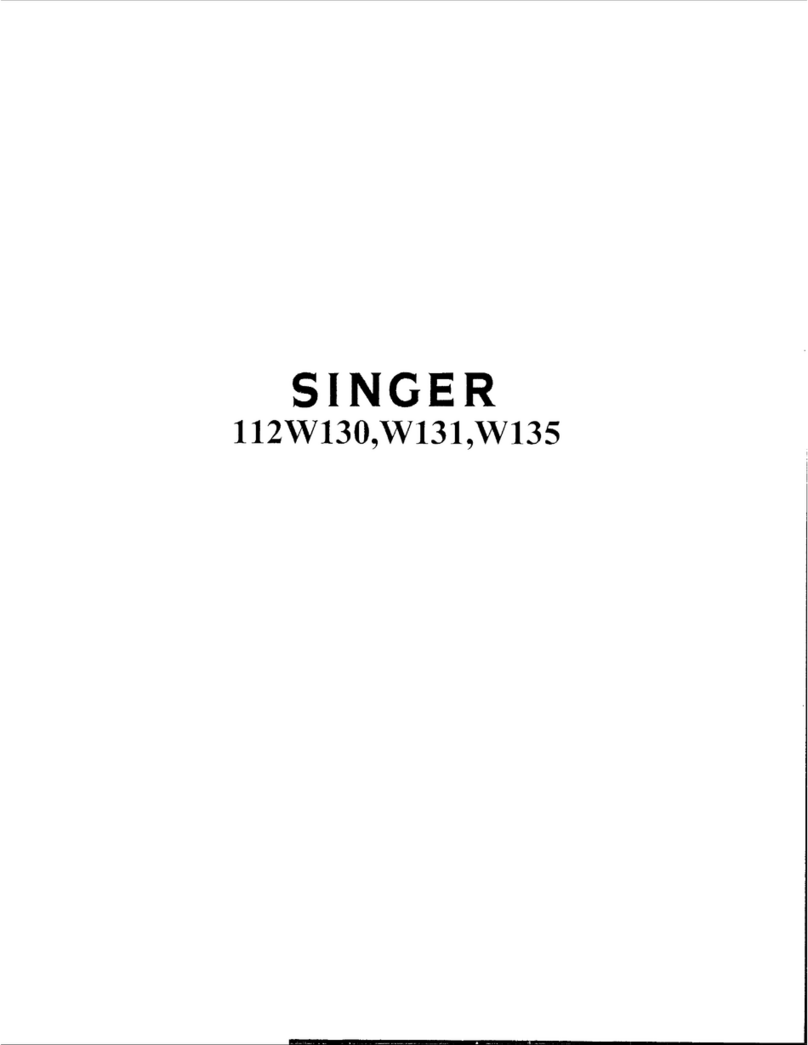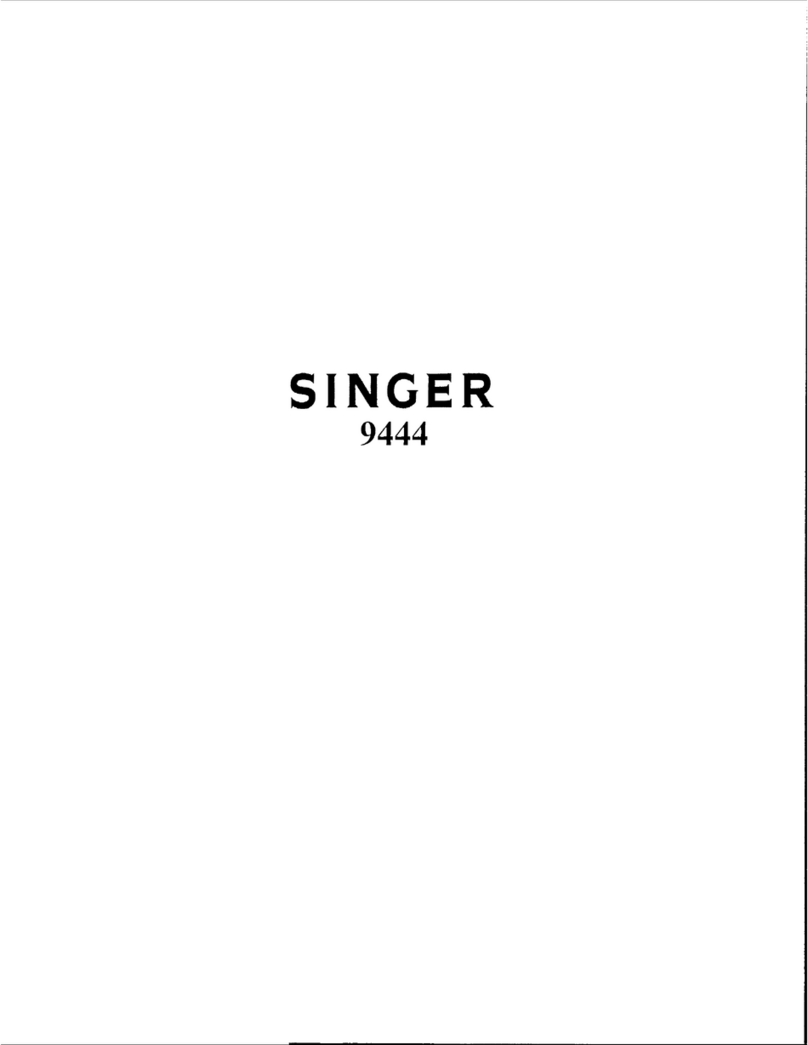Singer 66 Series User manual
Other Singer Sewing Machine manuals

Singer
Singer 143W1 Quick start guide
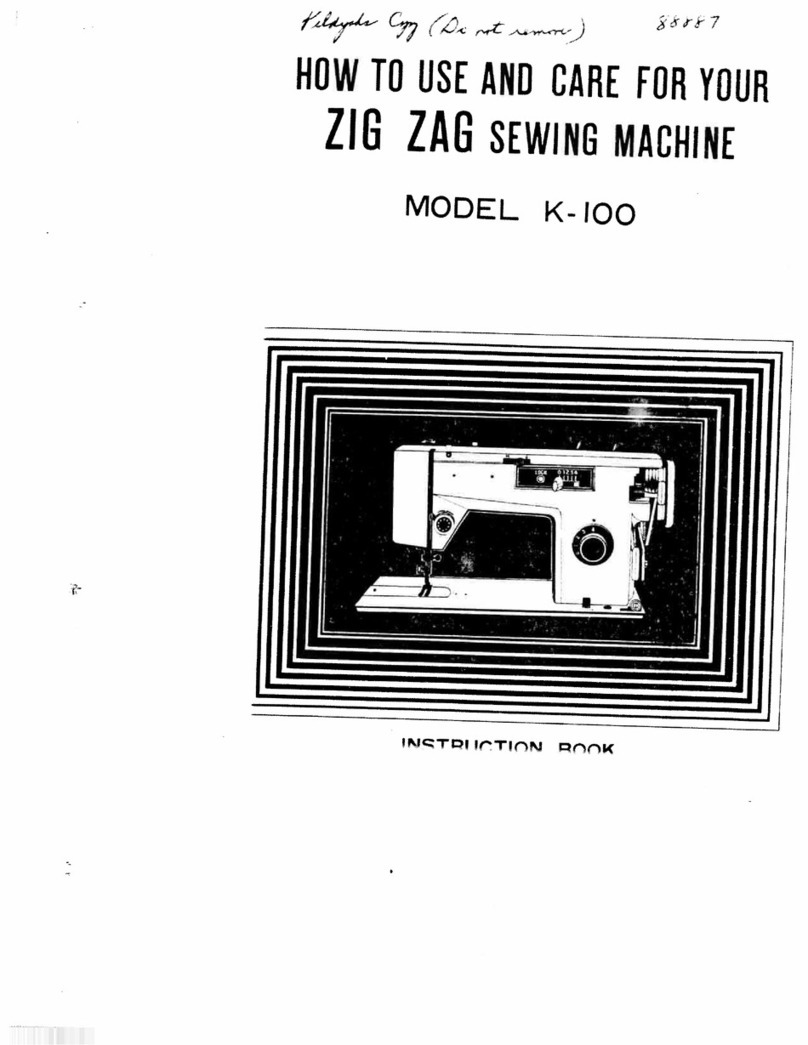
Singer
Singer Zig Zag K-100 User manual
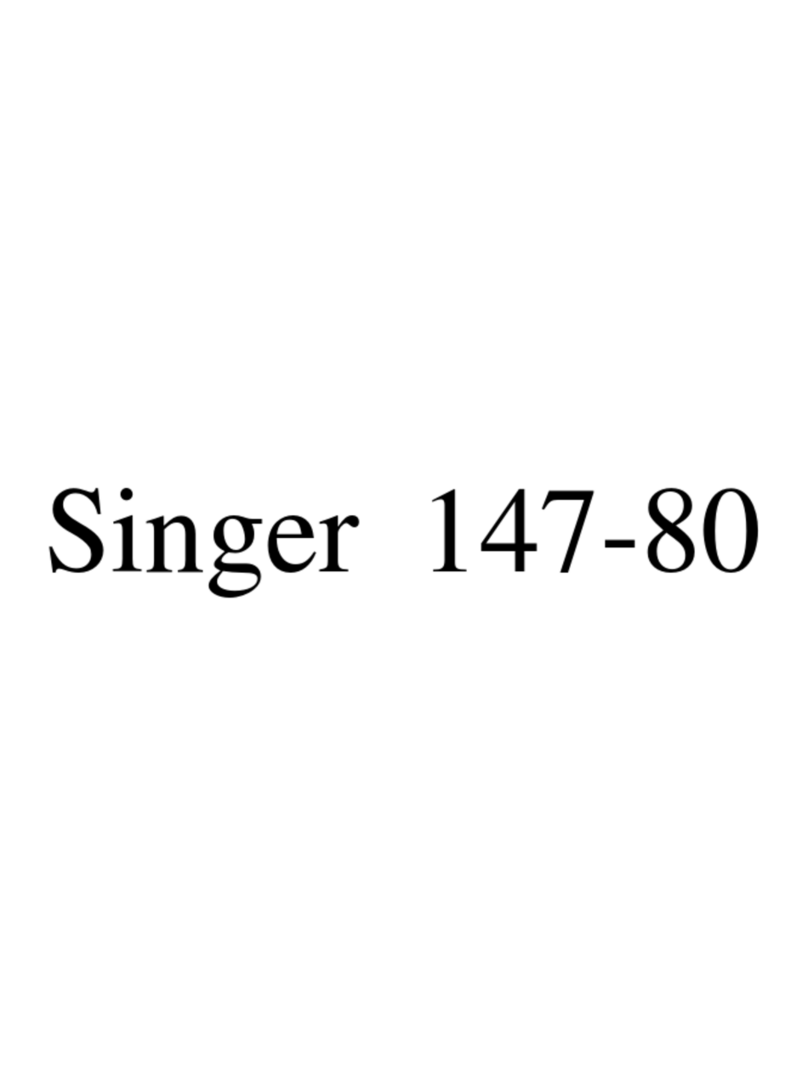
Singer
Singer 147-80 Setup guide

Singer
Singer 114K103 Installation and operation manual
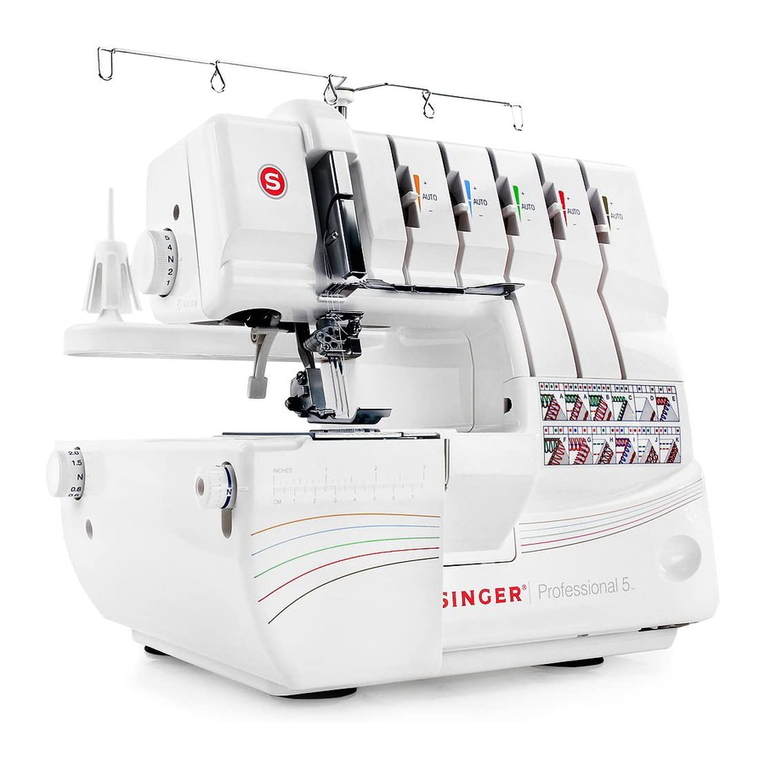
Singer
Singer 14T968DC Professional 5 User manual

Singer
Singer 246-5 User manual

Singer
Singer 92-20 Quick start guide

Singer
Singer 51W59 User manual
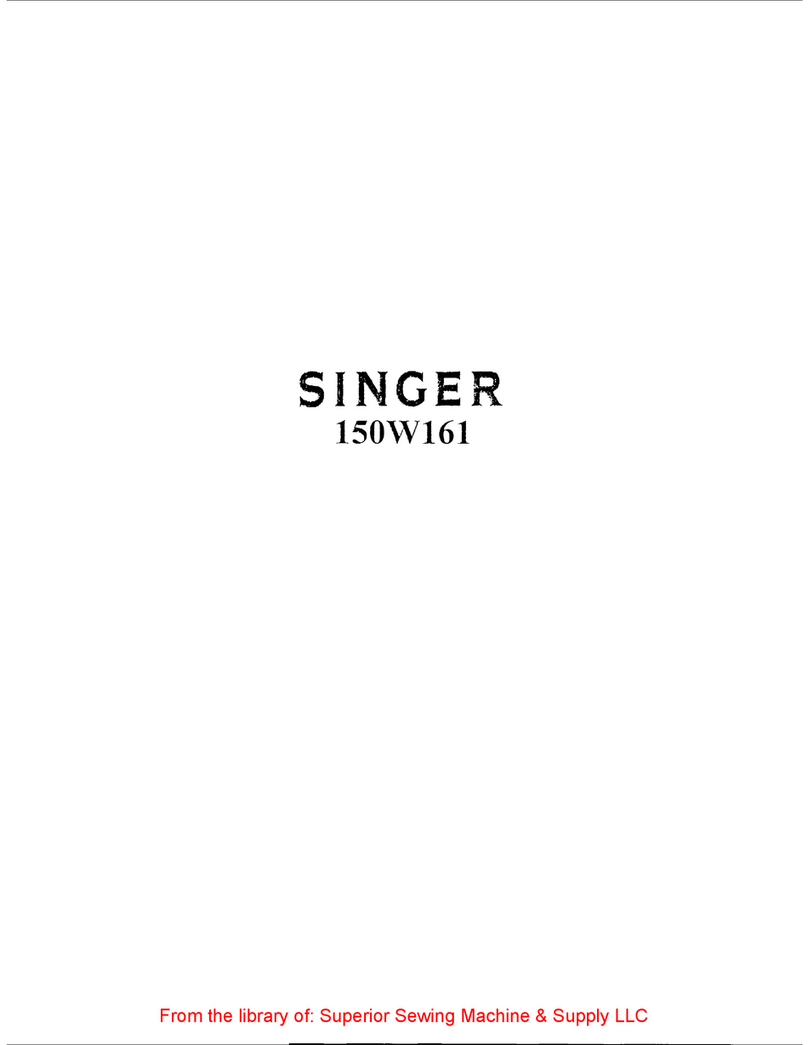
Singer
Singer 150W161 Quick start guide

Singer
Singer 82-11 Quick start guide
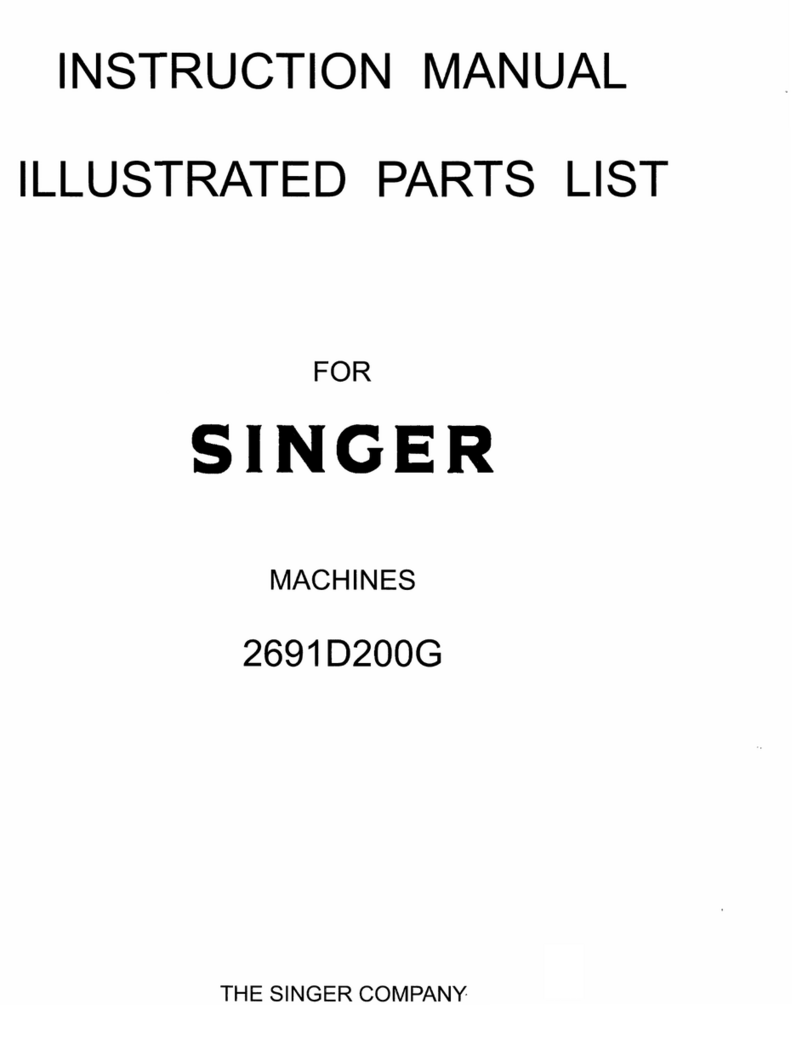
Singer
Singer 2691D200G Setup guide
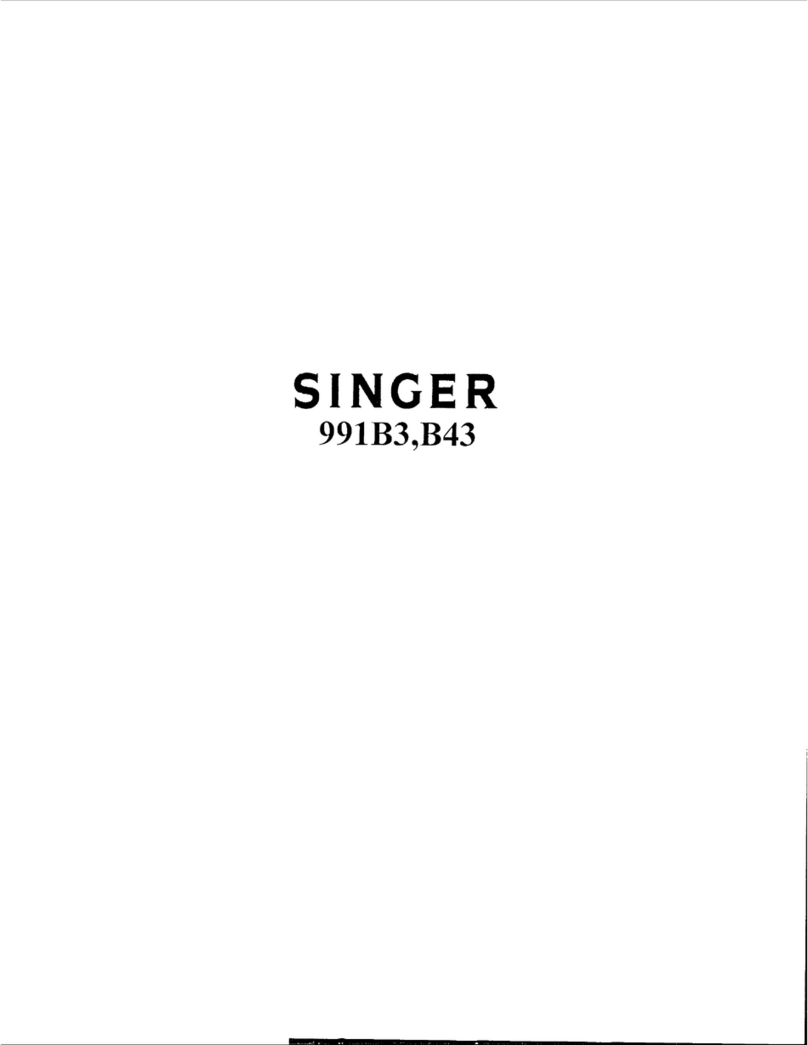
Singer
Singer 991B3 User manual

Singer
Singer 236U120 User manual
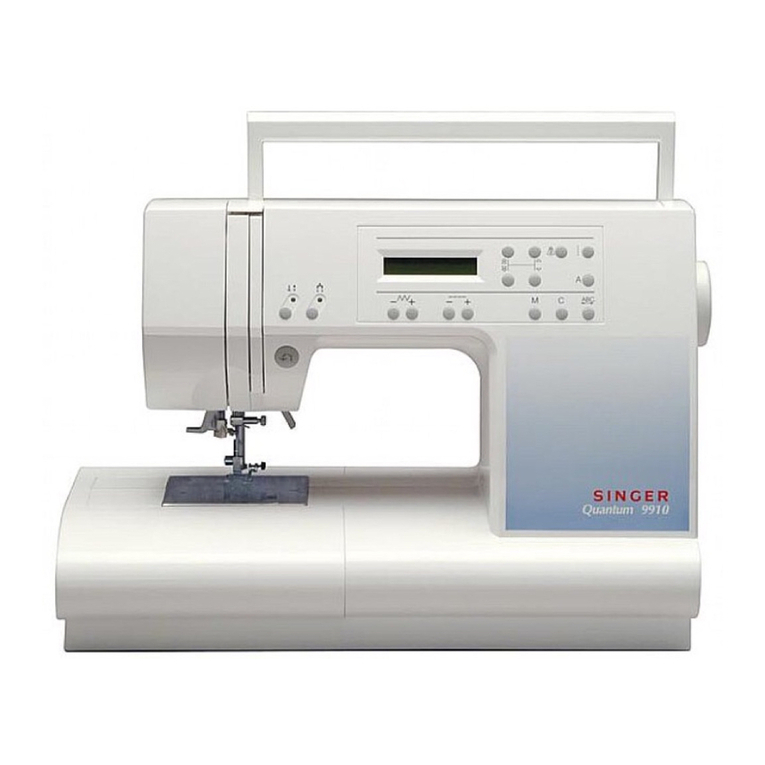
Singer
Singer QUANTUM 9910 User manual
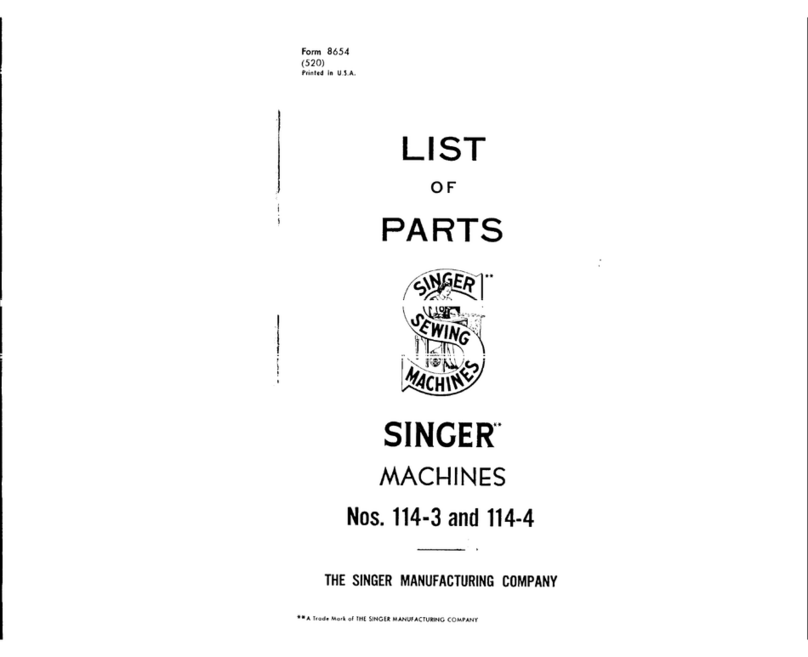
Singer
Singer 114-3 User manual
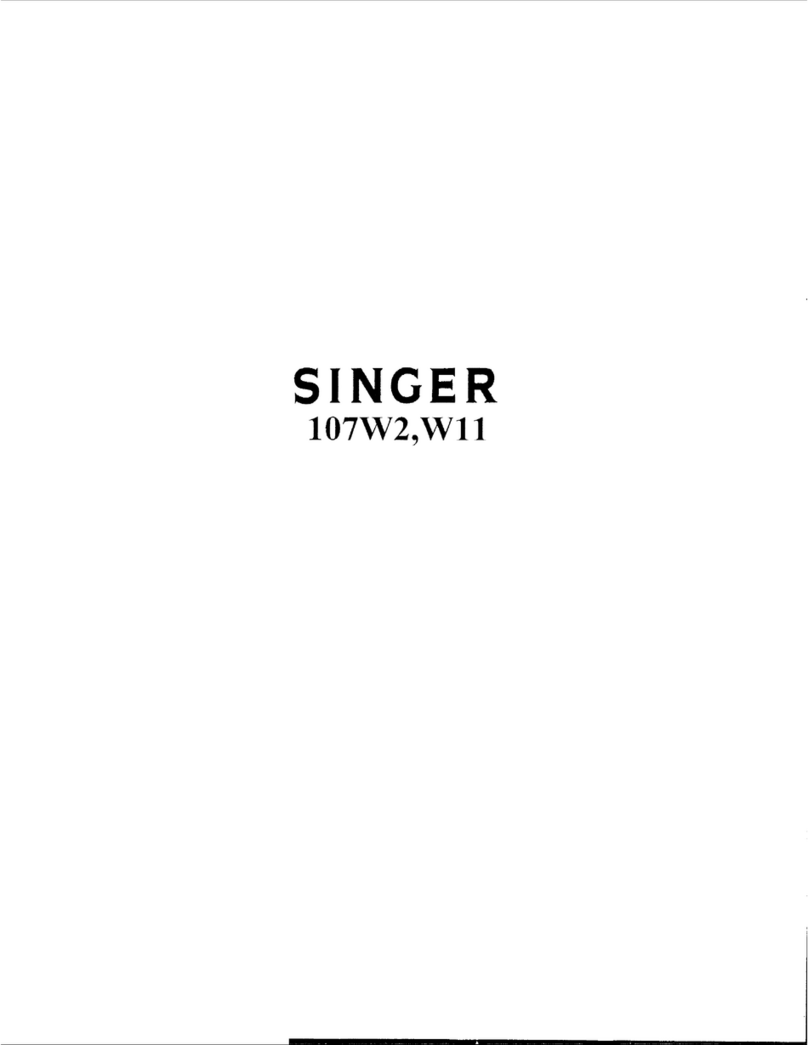
Singer
Singer 107W11 Installation and operation manual
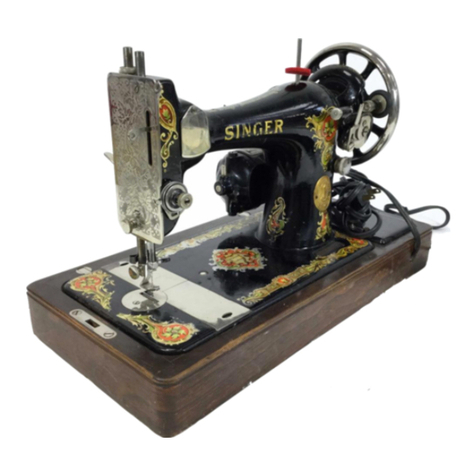
Singer
Singer 127-4 User manual
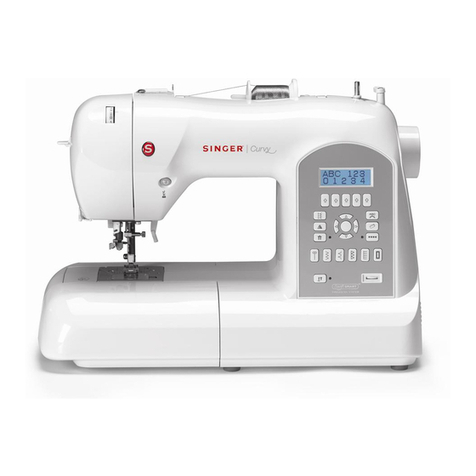
Singer
Singer 8770 CURVY User manual

Singer
Singer 302U406EV User manual
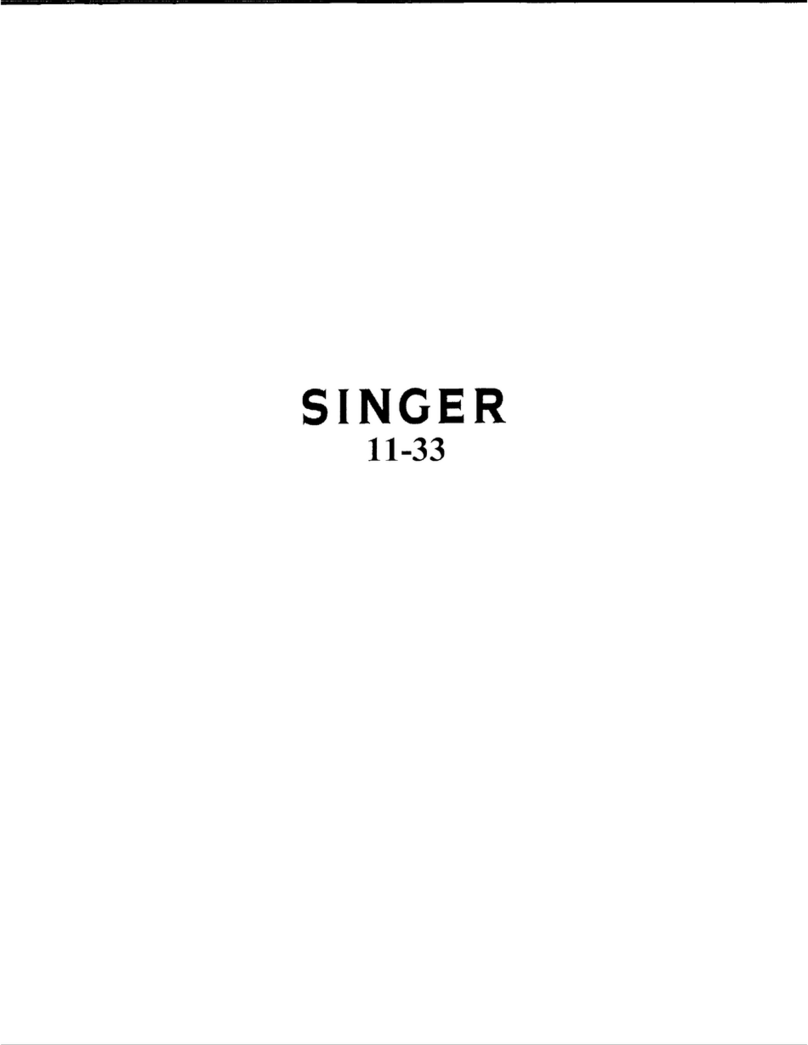
Singer
Singer 11-33 User manual
